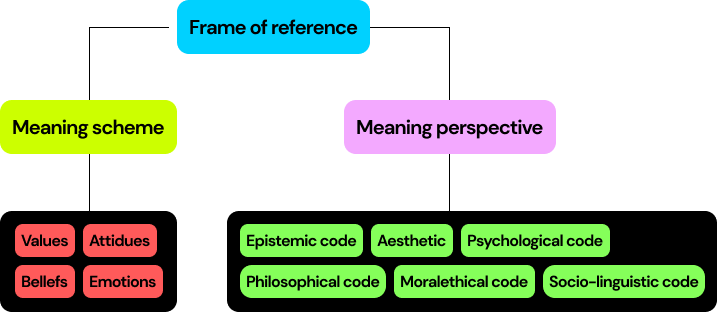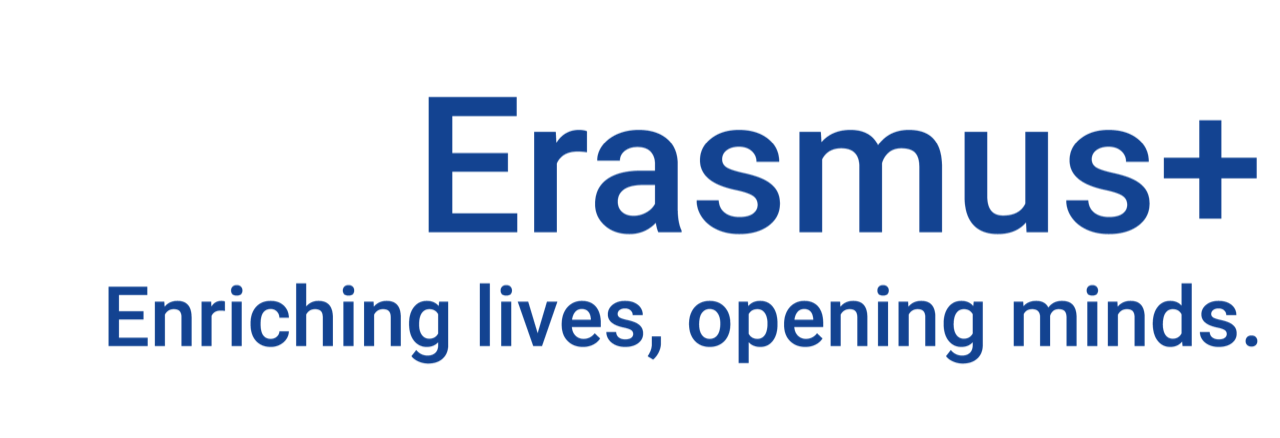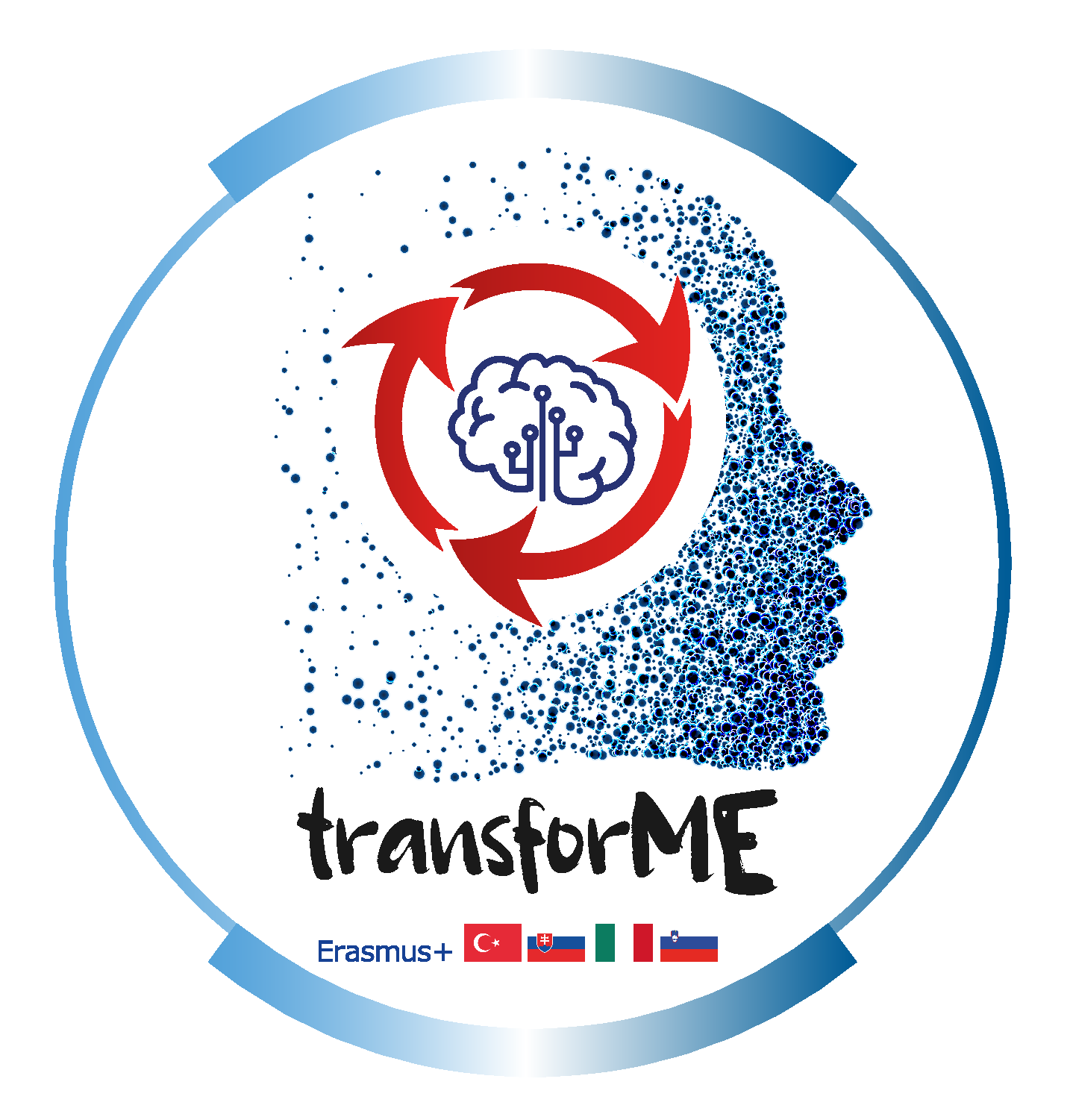Andragogy
The word "andogogy", which means adult education, comes from the root "andras", which corresponds to the concept of "human" in ancient Greek. Although the word pedagogy is intended for child education, pedagogical theories have been used in this field due to the inadequacy of theoretical studies on adult education. Knowles (1996), who looked at education from a separate perspective as child and adult, put forward an andragogical model by stating that pedagogy was insufficient for adult learning. According to this model, the teacher is the only one responsible for what, how and when to learn and what is learned and what is not. Penirci (2014) argued that in this model, as in pedagogy, knowledge is taught to adults. This model, put forward by Knowles (1996), is based on the following assumptions:
1. Desire to know | Before adults start learning something, they need to know why they need it. |
2. Learners' self-perception | Adults have the idea that they take responsibility for their own decisions and lives. |
3. The role of the learner experience | Adults come to learning activities with their past experiences. It is important to use this experience. |
4. Willingness to learn | Adults become ready to learn what they need to know and be able to do to cope with life problems. |
5. Orientation to learning | Children and teens tend to be subject-oriented, while adults tend to learn life-oriented. |
6. Motivation | Adults respond to learning with some external factors, such as better jobs, promotions, higher wages, and internal factors such as self-esteem and quality of life. |
Knowles, who differentiated the learning of adults from pedagogy, enriched the model by adding five more steps to the model over time after explaining it with these six assumptions (Güneş, 1996). Each of these steps contains important information on how to plan and implement andragogy. These five new ideas include the preparation of an appropriate learning environment, the identification of the need for training, the creation of a learning experience, the planning and implementation, and the achievement of self-esteem in the learner (adult).
Self-Directed Learning
According to early models of how adults learn through independent learning, learners determine what they learn. Similarly, the adult/learner, who has significant influence and decision-making authority in all other components of the learning process, determines the learning styles, plans, materials and finally evaluates the process himself (Penirci, 2014). According to this view, "self-knowledge" of an adult student emerges as an important prerequisite (Merriam, 2004).
In self-directed learning, the adult is autonomous and independent. In self-directed learning, which is an adult learning model in general, the learning need of the adult learner is determined, planned and implemented by him / herself and this need continues in this way throughout life. In this process, when the need to learn will arise, when the interest will occur, and how the effort required to meet this need will be shown are the steps to be followed. Another issue is that the autonomy and self-direction of the adult should be respected.
Factors Affecting Learning in Adults
The view that adults are who they are, their age, responsibility, feelings and thoughts are different from those of children is accepted. Therefore, although an adult is independent, he has responsibilities to his family, the workplace and society. It is known that the advanced age is also the health status, vision, hearing or perception processes have age-specific features. Kidd (1976) shares the view that the learning processes of adults are negatively affected as they age. On the other hand, it is possible to minimize such negative effects.
Darkenwald and Merriam (1982) state that although adults have their own characteristics, they have high energy levels and are willing and open to learning. Other factors that can positively or negatively affect learning include life experiences, professional skills. This factor can have a positive effect as well as a negative one. Güneş (1996) states that learning in adults has a more complex structure compared to children.
Mezirow (1991: 168) explains the stages of transformation that adults can experience in their learning lives:
- A disorienting dilemma
- Self-examination
- Critical assesment
- Recognition
- Exploration
- Planning a course of action
- Acquisition of knowledge and skills
- Provisional trial of roles
- Building of competence and self-confidence
- Reintegration
Structure of Transformational Learning Theory
"Transformation", which emerges as a subset of changes, guides the next lives thanks to the provision of change by using old experiences. Hatherley (2011) notes that Mezirow, which explains transformational learning, draws largely on the types of instrumental or technical, communicative or practical, and liberating knowledge that Habernas lays out.
Cranton (2002) states that according to the TLT, the adult learner has three groups of knowledge: communicative/practical learning, instrumental/technical knowledge, and liberating/practical knowledge. Communicative applied learning is the understanding of ourselves, others, and the educational, political, social goals and norms of the society in which we live. In other words, relationships in society are built on expanding the dialogue of people. When people come together because they are social beings; have the opportunity to learn values; customs, customs, traditions, cultures and beliefs. Instrumental / technical knowledge is the scientific research obtained as a result of research. This information; It is obtained as a result of training in trade, technology and science. Liberating/practical knowledge should be the main goal of adult education. It is the ability to express oneself easily as a result of one's skills and abilities.
Mezirow was greatly influenced by the research of Habernas and Freire while proposing the TLT (Merriam, 2004). In this process, the essence of what Habernas calls "Liberal Learning" involves self-determination as well as self-expression. According to the model, the concepts of transformation and growth gain importance. Transformation is a process of awareness of the self and others, growth, maturation that takes place in society. Mezirow (1981) emphasizes that there is a positive development in education in these stages experienced by the individual and states that a dilemma occurs first and then transformation is achieved through critical thinking.
Disorienting Dilemma
Emphasizing that people must first face a dilemma in order to experience transformation, Mezirow (1991: 168) argues that it is very important to transform perspectives of meaning. It's like a kind of enlightenment, a level of realization of the event. Because of the dilemma in which man falls, he becomes aware and aware of what, why and how he does it. Merriam (2006) describes Mezirow's view as an individual experiencing an internal and personal dilemma crisis. The dilemma refers to the incompatibilities of the previous and present states of an event or situation. From this point of view, the events that drag the person into a dilemma are economic crises, social developments, job changes, change of faith, situations such as the loss of a physical limb that may prevent him from performing his professional activities as before. In this case, the person tries to reinterpret this dilemma situation with a critical eye.
Dilemmas can happen anywhere or in any period of life. While this dilemma is sometimes understood by the person himself, sometimes it is understood by a doctor or an educator or his relatives. The individual who realizes that a new perspective has been formed compared to the old one is aware that he / she is approaching things differently and thus entering a transformational learning process (Mezirow, 1991).
Perspective transformation is the basis of transformational learning (Sayan, 2013). The transformation of an adult's perspective is not only about perception or thinking, but also includes seeing, thinking, feeling, acting, acquiring new roles, and social roles and assumptions (Mezirow, 1981). The transformation of perspective can be sudden or slow. However, it is known that once the transformation begins, the individual cannot return to his old perspective.
Taylor (2008) emphasizes the importance of reference sources in transformation. These reference sources have the quality and power to direct the perception, belief, culture, expectations and behaviors of the person. Mezirow (2003) states that these frames of reference are cultural prejudices, religious beliefs, moral codes, normative rules, value judgments, political orientations, social relations, and stereotypes. The frame of reference is two-dimensional as a semantic perspective and a semantic schema. Counted (2013) describes the generalizations, cultural and psychological assumptions that shape our habits, as a perspective of meaning, our value judgments, attitudes, and personal beliefs that shape our personal interpretations as schemas of meaning. While the theory was still new, the perspective of meaning was divided into three as socio-linguistic, psychological and epistemological codes, and over time, moral ethical, philosophical and aesthetic codes were added (Mezirow, 2000). The semantic diagram and semantic perspectives for the frame of reference are given in Figure 2.1 below.

Figure 2.1. Dimensions of Mezirow's Transformational Learning Reference Framework
Source: Mezirow, 2018: 93
Mezirow (1997) states that the schema of meaning changes more easily than the perspective of meaning when the person becomes aware of his experiences. He explains the reason for this by the fact that the person is forced and experiences a change of perspective due to the dilemma experienced in new situations.
Critical Reflection
With critical reflection, a person critically examines his own beliefs and develops new meanings in a purposeful way. It involves consciously thinking about a person's assumptions in an objective and rational way.
Critical reflection takes three different forms: content, process, and premise (Mezirow, 1991: 106). Content reflection is a reflection of what the individual perceives. In other words, it is the study by a person of the content or description of the problem that has arisen. Process reflection is how a person reflects on what they perceive and focuses more on problem-solving strategies. The person who wants to get to the root of the problem occupies his mind with questions such as "how did this happen?" Both content and process reflection can trigger a process of reflection that can initiate a person's liberating learning. Prior projection relates to beliefs and assumptions and reflects a person's core beliefs and assumptions.
TransforME
“The European Commission support for the production of this publication does not constitute an endorsement of the contents which reflects the views only of the authors, and the Commission cannot be held responsible for any use which may be made of the information contained therein.”


